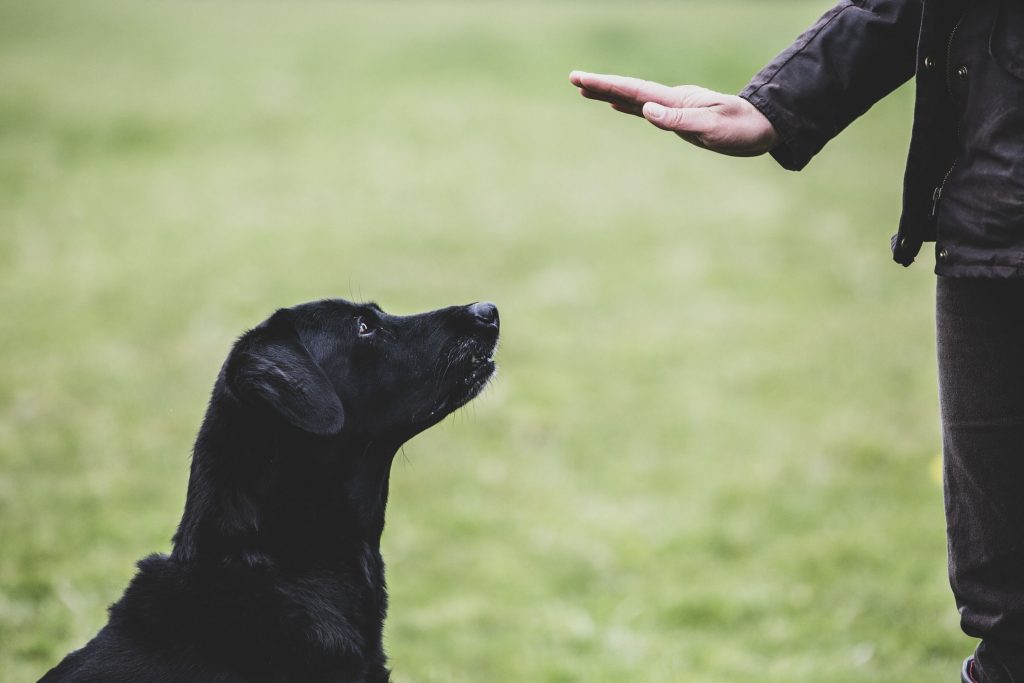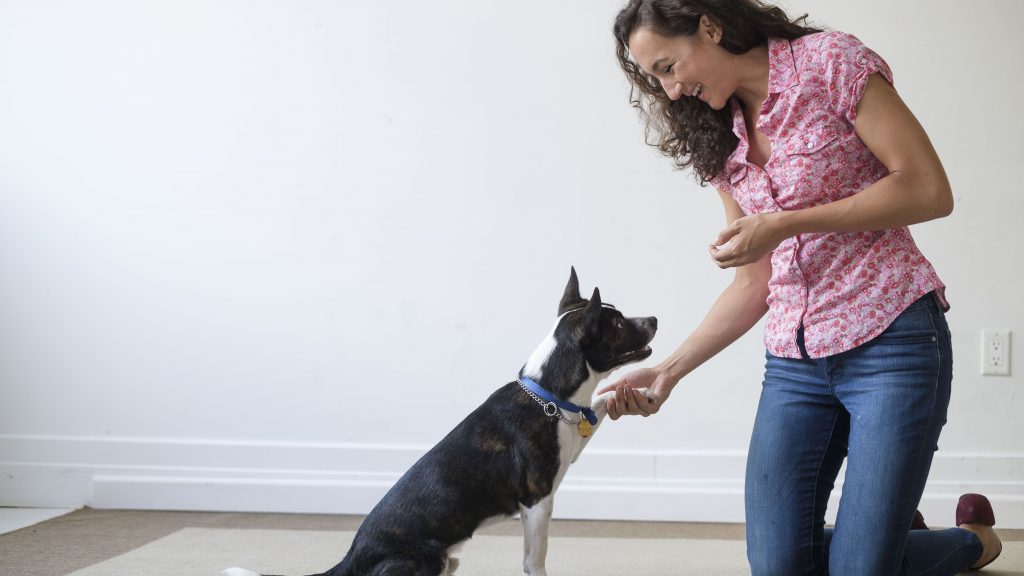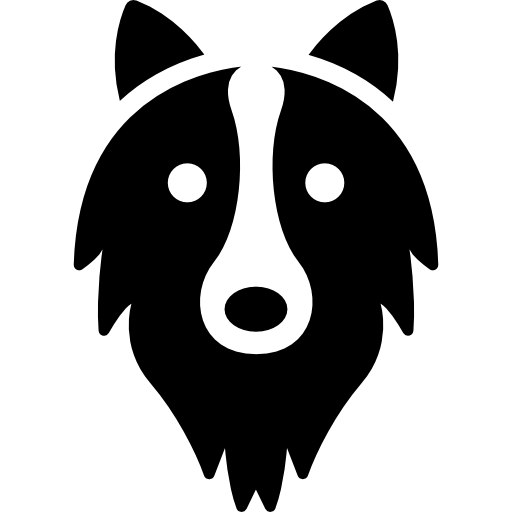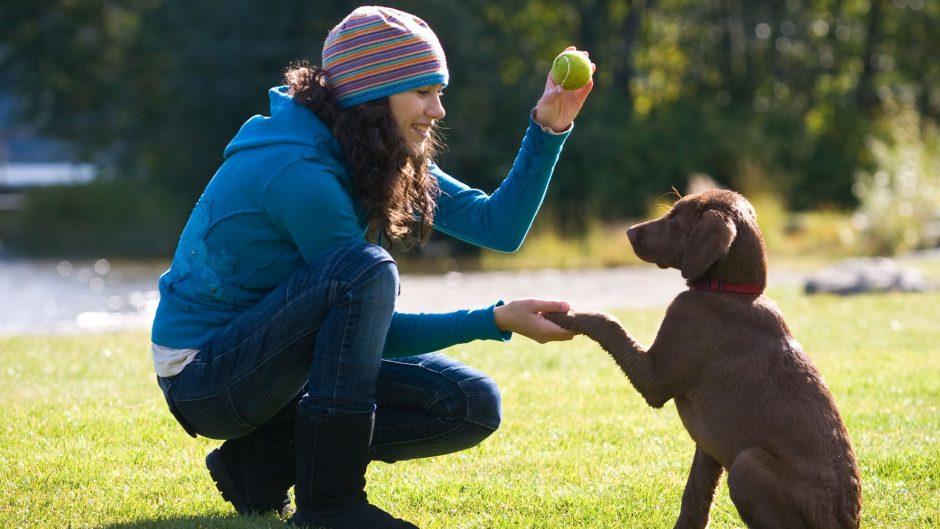There are a few dog training basics that you can implement into your routine and help your pup become a better companion. These steps should be repeated daily to ensure your puppy gets the training he needs. Starting with treats is an excellent way to reward your pup for performing well. Then, increase the distance between your hand and the treat as your dog becomes used to the behavior. Ultimately, your goal should be to make your pup the best dog in the neighborhood.
Start slowly
When you begin training your dog to perform a behavior, you should start out by rewarding it when it does it correctly. Make sure that the behavior is repeated at least eight times before advancing. If your dog makes more than three errors during the training session, you may need to decrease the number of correct responses. If the behavior takes more than three seconds, tighten the criterion by half a second. Then, once your dog is consistently performing it, you can increase the number of seconds.
Use natural movements
When training a dog, a key factor in reliable recall is using a verbal and visual cue. When a dog responds to the cue, the owner can reward it by throwing a treat, or sweep a hand across a room diagonally. It will learn that when a treat is thrown to the dog, they must come back to you. To teach your dog this cue, read our article on reliable recall training.
Reward with treats

Rewarding with treats is an important dog training basic. Most dogs are motivated by food or praise and will respond to it when given. However, it’s important to note that your dog doesn’t need food rewards every time it performs a behavior. Rather, you should reward your dog for “hard work” such as coming when called. Treats should be small and easily given to your dog.
Increase distance between your hand and the treat
As you teach your dog to come to you when you wave your hand, you can gradually increase the distance between your hand and the treat. If the dog approaches your hand but hesitates to take it, you can move your hand away from the dog and give the treat while wagging your fingers. Eventually, your dog will start to associate your hand with the treat and the word “yes” will appear in his or her head.
Build a bond with your dog
Building a bond with your dog during training is easier than you might think. Just remember to make small tweaks to your training to create a stronger bond between you and your dog. The more consistent you are, the more likely your dog will become used to you and your commands. And, don’t stop practicing, either. Here are some tips to build a bond with your dog.





